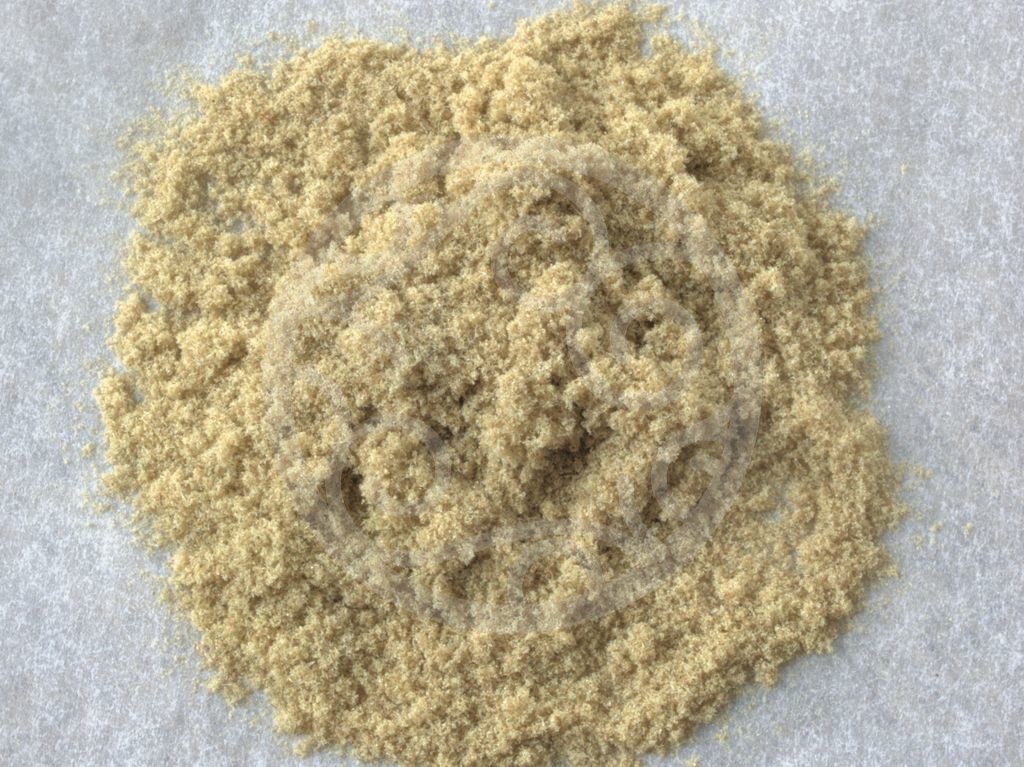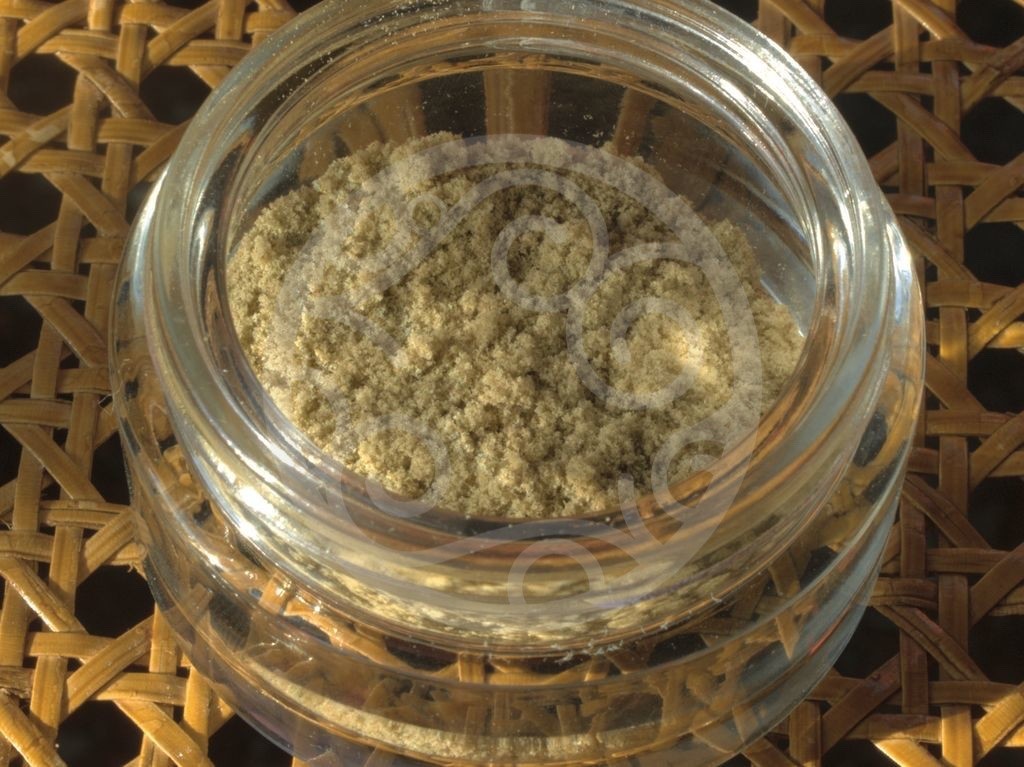Dry sieved hashish
List of contents
What is hashish?
Hashish is one of the most consumed cannabis concentrates in the world. The easiness of the method to produce it and the quality of the final product make it a true favourite among cannabis users, especially for those who don’t want to use chemical solvents or complicated extraction and purging systems.
Hashish is a substance composed of trichomes from the cannabis plant. During the manufacturing process, some other substances can contaminate the resin (plant debris, insects, dust, etc.) which highly determines the quality of the final product. The more contaminants we find in our hash, the darker and less malleable it will be. Logically, the quality of the concentrate is determined by both the quality of the resin and the presence of contaminants.

There are several techniques for manufacturing hashish: with water and ice (water hash, bubble hash, ice water extraction...), with CO2 or dry ice, dry sieving, etc. In this post we’ll focus on sieving the dried plant material, for which we only need some quality buds, a set of sieves of different microns and a little bit of patience. For this post we used stainless steel sieves, although we can find different options on the market: one of the most practical options are sieving machines like Pollinator or Top Zeef, composed of a rotating sieving drum that automatically moves the plant material and sieves the resin glands.These machines are ideal to perform a first “raw” sieving that we’ll clean - re-sieve - later on. The plant used for this post was Fruity Jack / Jack el Frutero.
How to make dry sieved hashish or dry sift
Cannabis plants produce several types of glands (trichomes), being the capitate stalked trichomes those preferred by connoisseurs. Normally, the size of this type of trichomes ranges from 50 to 150 microns, depending on strains, growing systems, environmental conditions, etc. That gives an idea of the micron size of the sieves that we should use. Also, environmental conditions can greatly facilitate the separation process; the best conditions are cold temperatures and low humidity level. Finally, and as we already mentioned, the quality of the plant material is crucial for getting top grade concentrates. A nice cannabis crop will produce nice concentrates.

Often, hashish producers perform a first sieving of the plant material with a 150/160 micron mesh to collect their “raw” material. If our aim is getting the best possible quality, we should use frozen buds and sieve them for a few minutes, gently moving the sieve or the plant material. On the other hand, if we are not concerned about quality but yields, we can grind the frozen buds and sieve them a while longer. Always check the colour of the sieved resin, since when it starts turning green it means that we are already sieving plant debris, contaminating our resin glands.
Always sieve your buds on a clean, non-stick surface like a mirror or a glass, although you can also use silicone/PTFE pads. In this way, collecting our resin will be much easier. Once we have our 160 raw material it is time to see how can we clean it and get a more pure product.
Unless we sieved too much, we can collect this first resin for further cleaning and perform several runs with the same plant material, getting different grades. Obviously, the quality will decrease with each sieving. Plants have a limited number of trichomes, so sieving too much or for too long doesn’t mean that we’ll get more trichomes, but more contaminated trichomes.

Re-sieving cannabis resin glands, top grade hashish
As we know, glandular trichomes measure approximately 50-160 microns. With our first sieving, we have collected all particles between 0 and 160 microns. If our goal is getting the best possible concentrate, we should use a 50 micron mesh to remove all particles smaller than this size (around 70 microns for the best quality). In this way, we are isolating all glands from 50 to 150/160 microns.
Once we have performed this second sieving and have our 50-160 hash, we can repeat the process with the same mesh we used to clean the resin. Simply put the resin on the 50 micron mesh and gently card it using a plastic card. The more you card the resin the cleaner it will be, since you are detaching trichome heads from their stalks, This technique, called carding, works great to get almost only heads and get rid of plant debris, pistils, stalks, etc. If performed properly, the resulting product will be top grade, full melt dry sift, and will leave no residues when dabbed on a nail due to its high purity.

Hashish terpenes
We have seen how to isolate the highest possible number of glandular trichome heads from the rest of trichomes and contaminants. Still, it must be noted that cannabis contains over 100 mono and sesquiterpenes, so the more we sieve and re-sieve, the more we restrict the terpene profile of the hash. In this way, it may happen that we find a first run (0-160) with better taste than a re-sieved resin. While a re-sieved resin will always be more psychoactive, it doesn’t necessarily mean that it will also be more flavourful. As happens many times, it’s all a matter of personal taste.
We should then try different drying states, strains, extraction systems, etc. to find out which is our favourite combination of factors. We recommend you to read our post on cannabis and terpenes.
Curing and storing hashish
As happens with cannabis buds, resin also evolves throughout the drying and curing process. If we used cured buds, then curing the resin is not necessary, while if we used buds with few weeks of drying then curing the resin can greatly improve its organoleptic features.
Dry sieved resin is normally cured at around 37ºC, putting it in sealed glass jars that will be opened every 2-3 days to renew the air inside the jars. This process, especially if a heat source is used, normally lasts for a few weeks.

Once our resin is properly cured we must store it correctly so it doesn’t lose its properties. We should always store our hashish away from light, high temperatures and oxygen, especially if we want to store it for long periods of time. One of the easiest and best ways to store resin is in airtight containers put in a “no-frost” refrigerator, even in the freezer if we want to store it for months.
We can press the resin before storing it or right before using it, it is our choice. Pressing it often releases the most volatile compounds and enhances oxidation. That’s why sometimes we just press a little bit the piece so all glands inside it remain free from oxidation, which will occur much slowly. Always make sure that the resin is completely dry before pressing it, otherwise it could develop molds.

We hope this post helped you to better understand dry sieving and get the best concentrates from your favourite strains.
All our best vibes!





